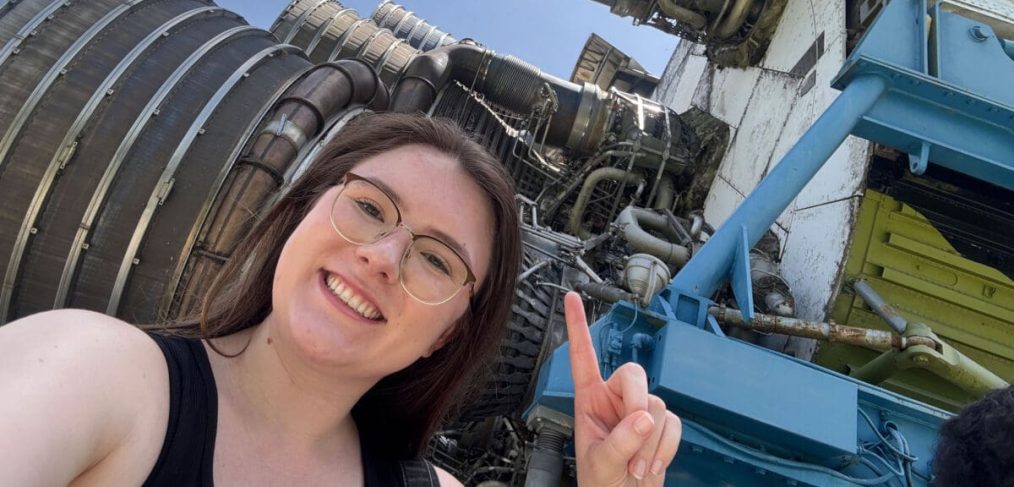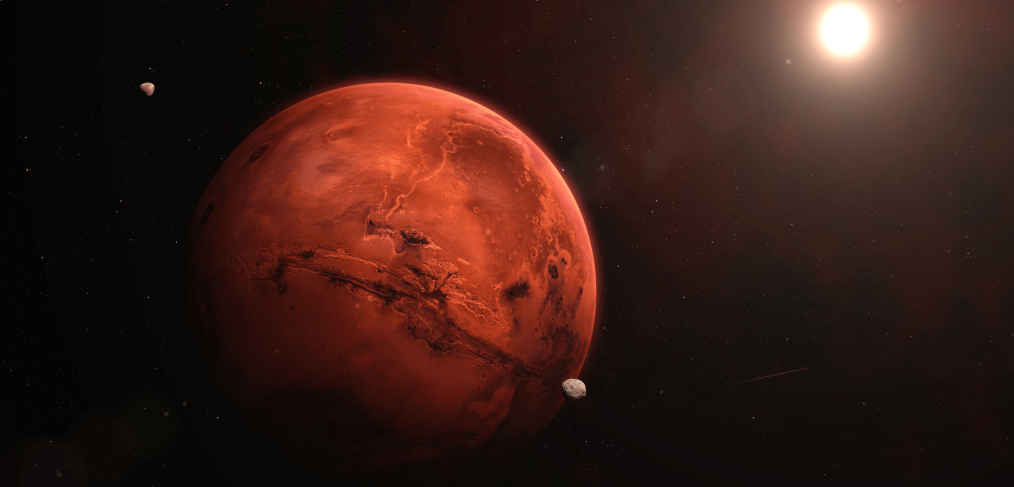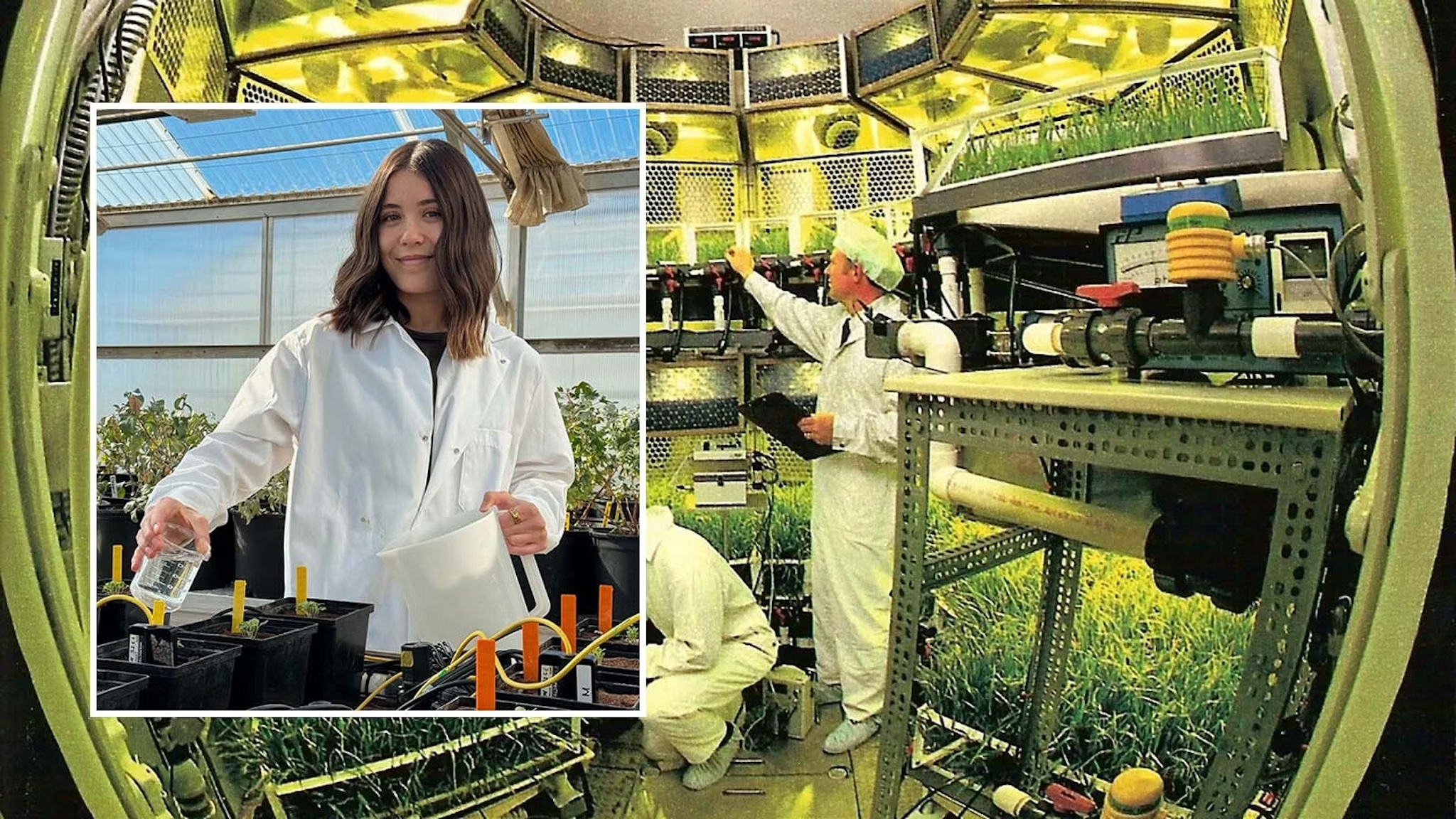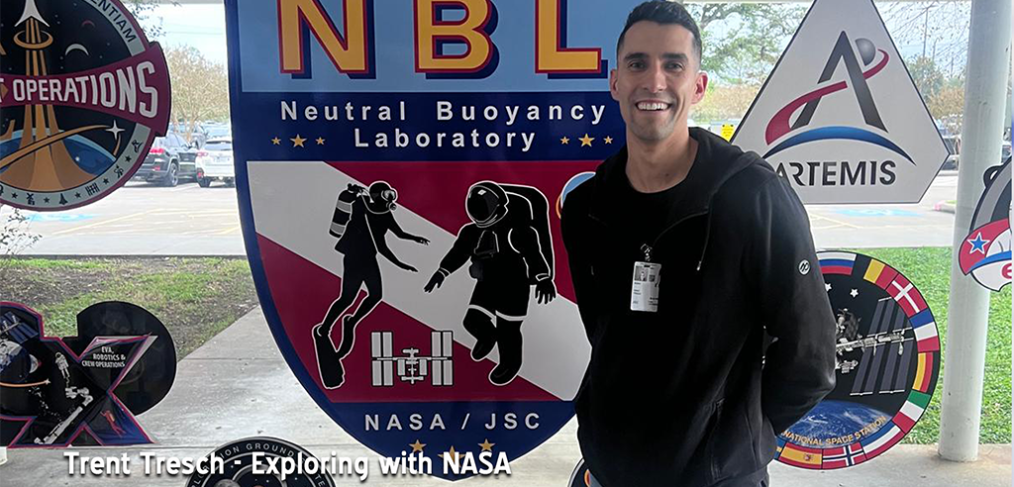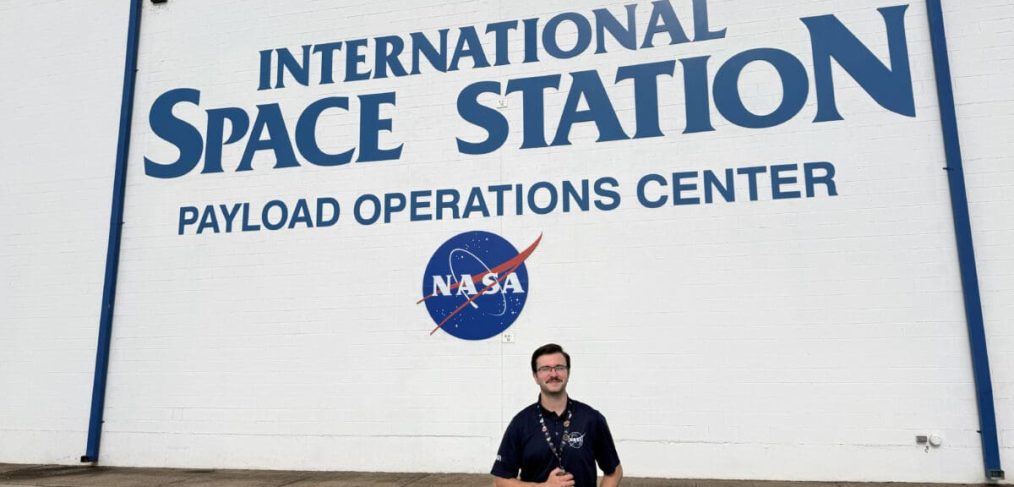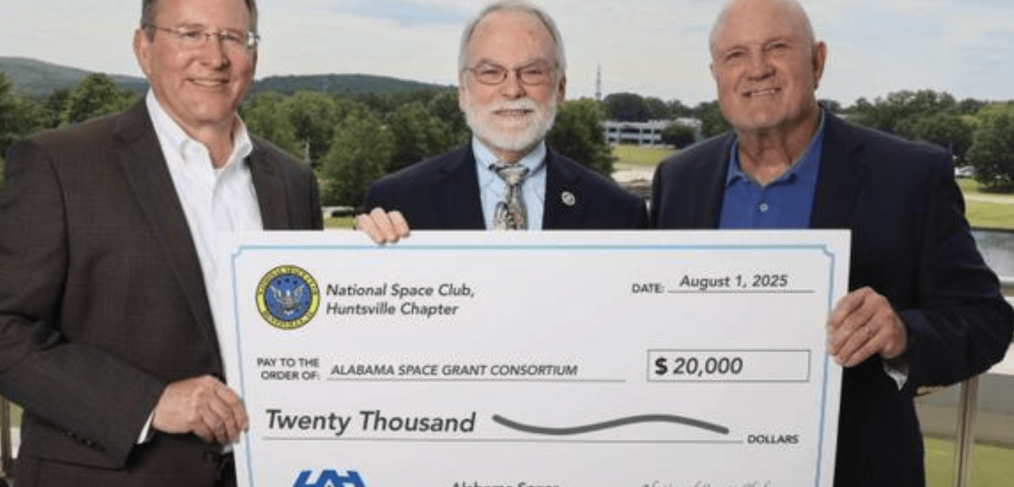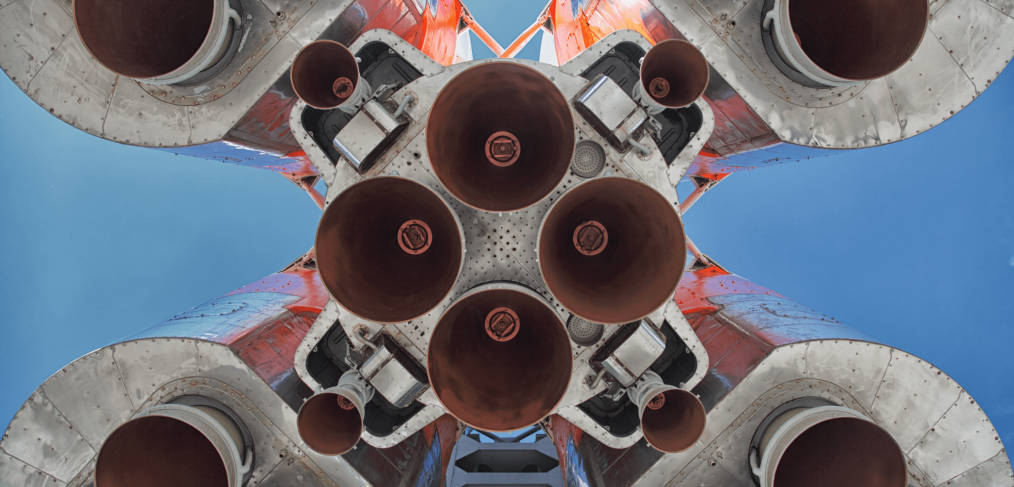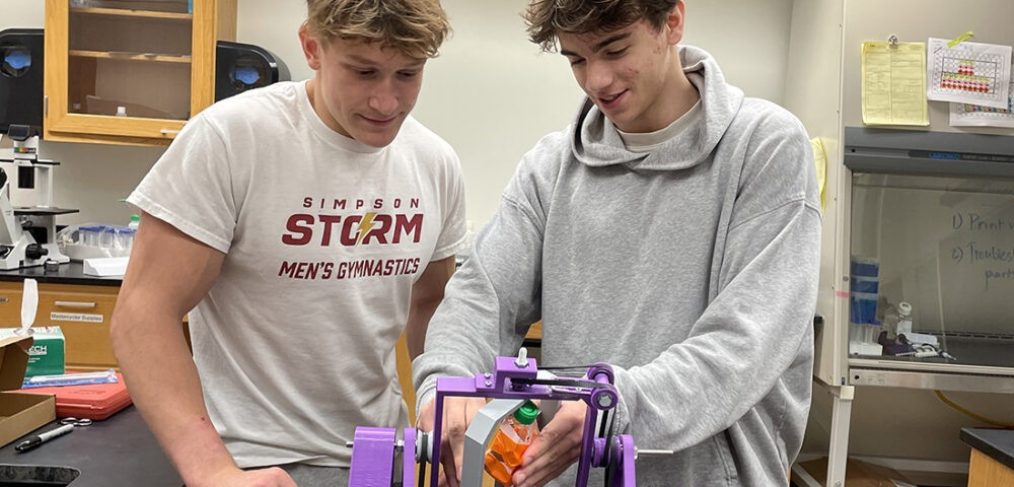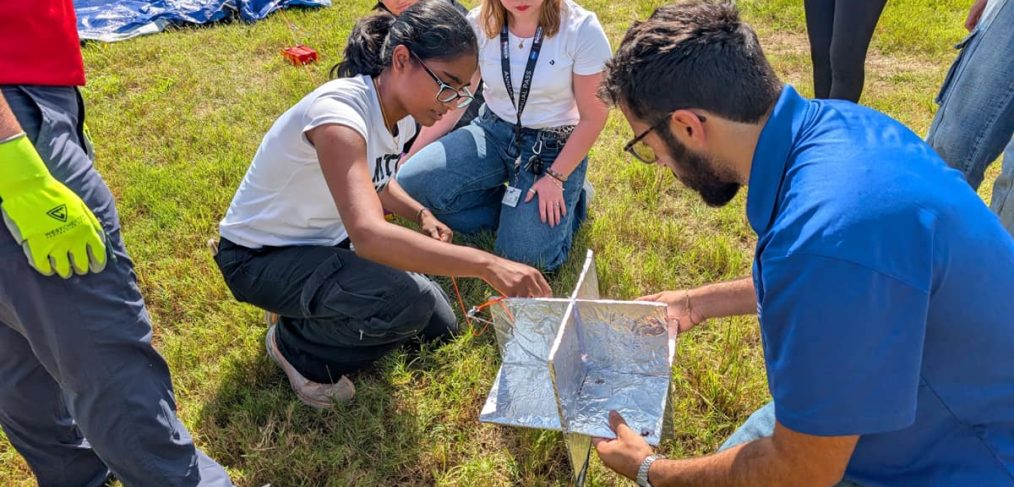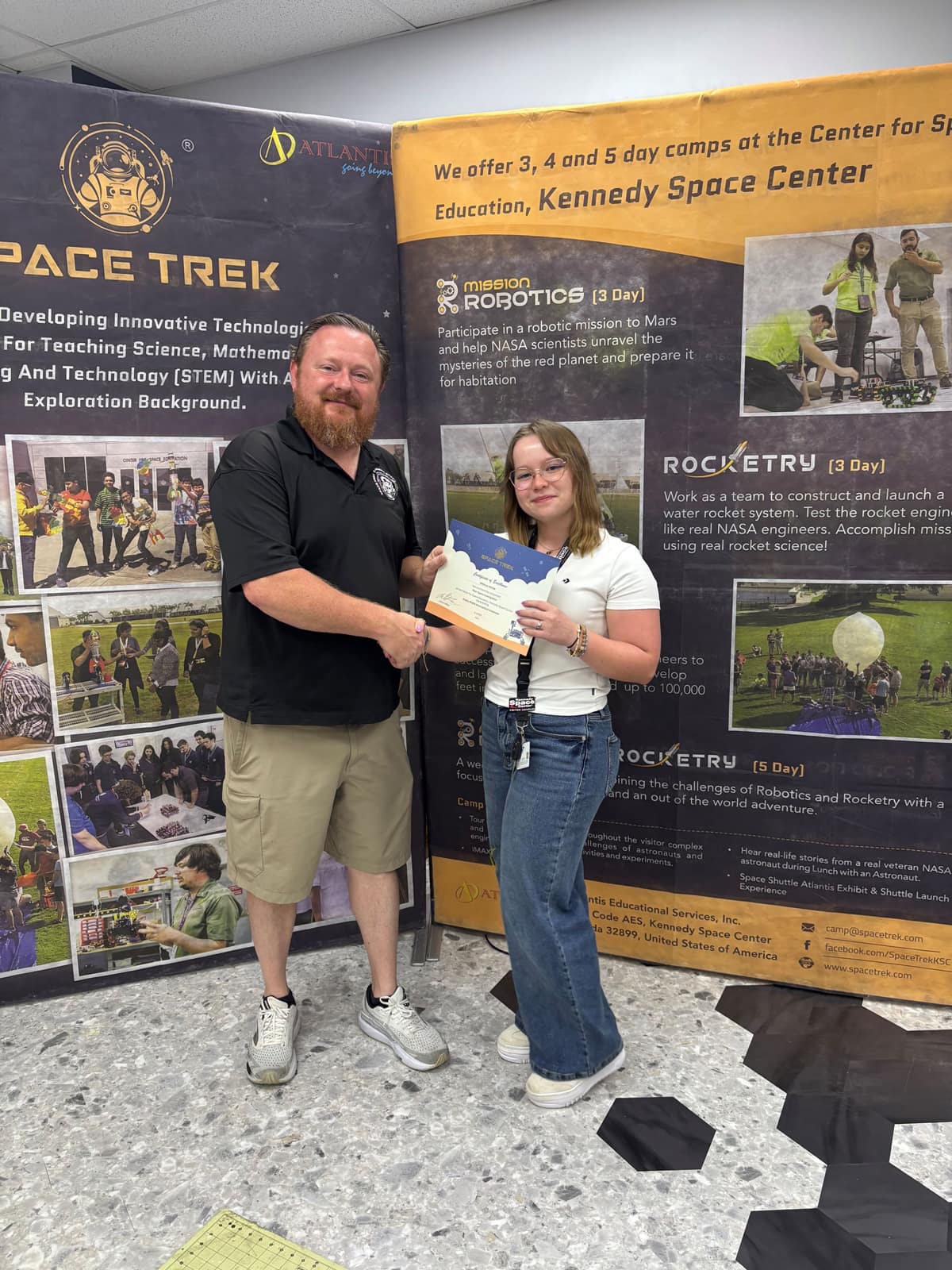Hannah Jones, a graduate student in mechanical engineering at UA Little Rock, spent her summer interning at NASA’s John C. Stennis Space Center in Mississippi, gaining hands-on experience that brought her closer to her dream of a career in aerospace engineering.
Jones, a Benton native who is set to graduate in May 2027, worked in the Safety and Mission Assurance Directorate as a systems safety intern. Her primary role involved reviewing risk management processes and conducting a gap analysis to ensure Stennis Space Center’s documentation aligned with updated agency-wide requirements.
“The report I created ended up being 31 pages long, detailing updates and processes for risk management at Stennis Space Center,” Jones said. “My favorite part was interviewing representatives from each organization and seeing how they each handle different types of risks, from rocket propulsion testing to audits.”
Beyond her project, Jones toured historic facilities, including the Apollo-era B-complex test stands, and the Michoud Assembly Center, where they assemble large pieces of rockets and is also a popular site for movie filming.
Read the full article on ualr.edu
Image Credit: Hannah Jones | UALR.edu
Author Credit: UA Little Rock
Original Post Date: 11.5.25
